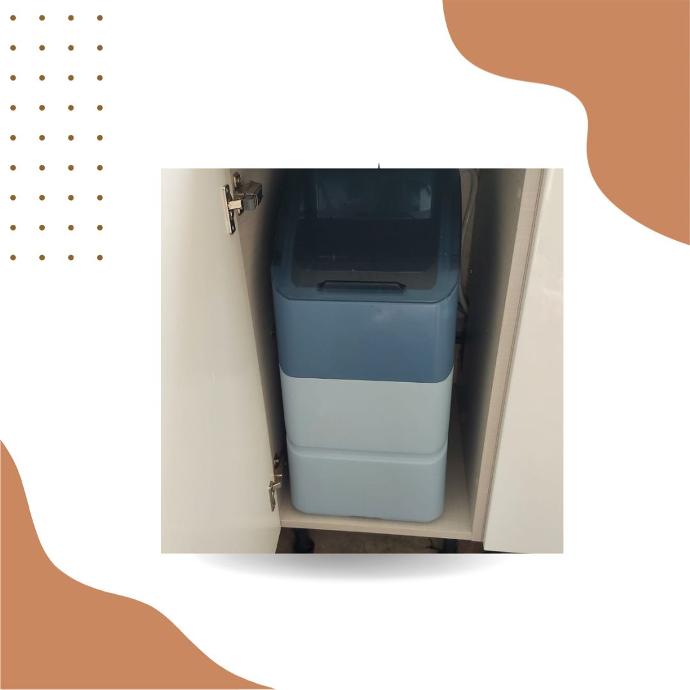Understanding the Heart of a Water Softener: The Brine Tank Unveiled
When it comes to the inner workings of a water softener, one integral component often takes center stage—the brine tank. Let's unravel the mysteries of this essential reservoir, exploring its function, significance, and the role it plays in the water softening process.

The Brine Tank: A Crucial Element in Water Softening Systems
At the heart of a water softener, nestled beside the main resin tank, resides the unsung hero—the brine tank. This unassuming container plays a pivotal role in the regeneration process, a key function in maintaining the efficiency of water softening systems.
.
The Resin Tank and Ion Exchange:
To comprehend the role of the brine tank, let's first understand the primary function of the water softener. Inside the resin tank, resin beads facilitate an ion exchange process, where calcium and magnesium ions—the culprits behind hard water—are swapped for sodium ions. Over time, the resin beads become saturated with these hardness minerals, necessitating a regeneration process.
The Regeneration Process:
Regeneration involves cleansing the resin beads by flushing them with a concentrated brine solution. This is where the brine tank steps into the spotlight. The brine tank holds a mixture of water and dissolved salt, creating the essential brine solution required for the regeneration process.
Creating the Brine Solution:
The brine tank has a small yet crucial opening, often located on the top or side. This opening serves as the portal through which salt is introduced into the tank. Once salt is added, water is subsequently drawn into the tank, dissolving the salt and creating the potent brine solution.
Regenerating the Resin Beads:
During the regeneration cycle, the brine solution is directed into the resin tank. As it flows through the resin beads, it dislodges the accumulated hardness minerals, flushing them out and replacing them with sodium ions. This rejuvenates the resin beads, preparing them for another cycle of ion exchange.
Maintaining Efficiency:
Regular regeneration is crucial for sustaining the efficacy of the water softener. The brine tank ensures a steady supply of the brine solution, enabling the system to efficiently combat hard water and consistently provide softened water throughout your home.
In Conclusion: The Brine Tank—A Vital Component
While the brine tank may appear unassuming, its role in the water softening process is indispensable. As it diligently produces the brine solution necessary for regeneration, the brine tank ensures that your water softener operates at peak performance, offering you the benefits of soft, quality water in every corner of your home. The next time you add salt to your water softener, remember, you're not just replenishing the brine tank; you're fueling the heart of the water softening system.
What Is A Brine Tank On A Water Softener?